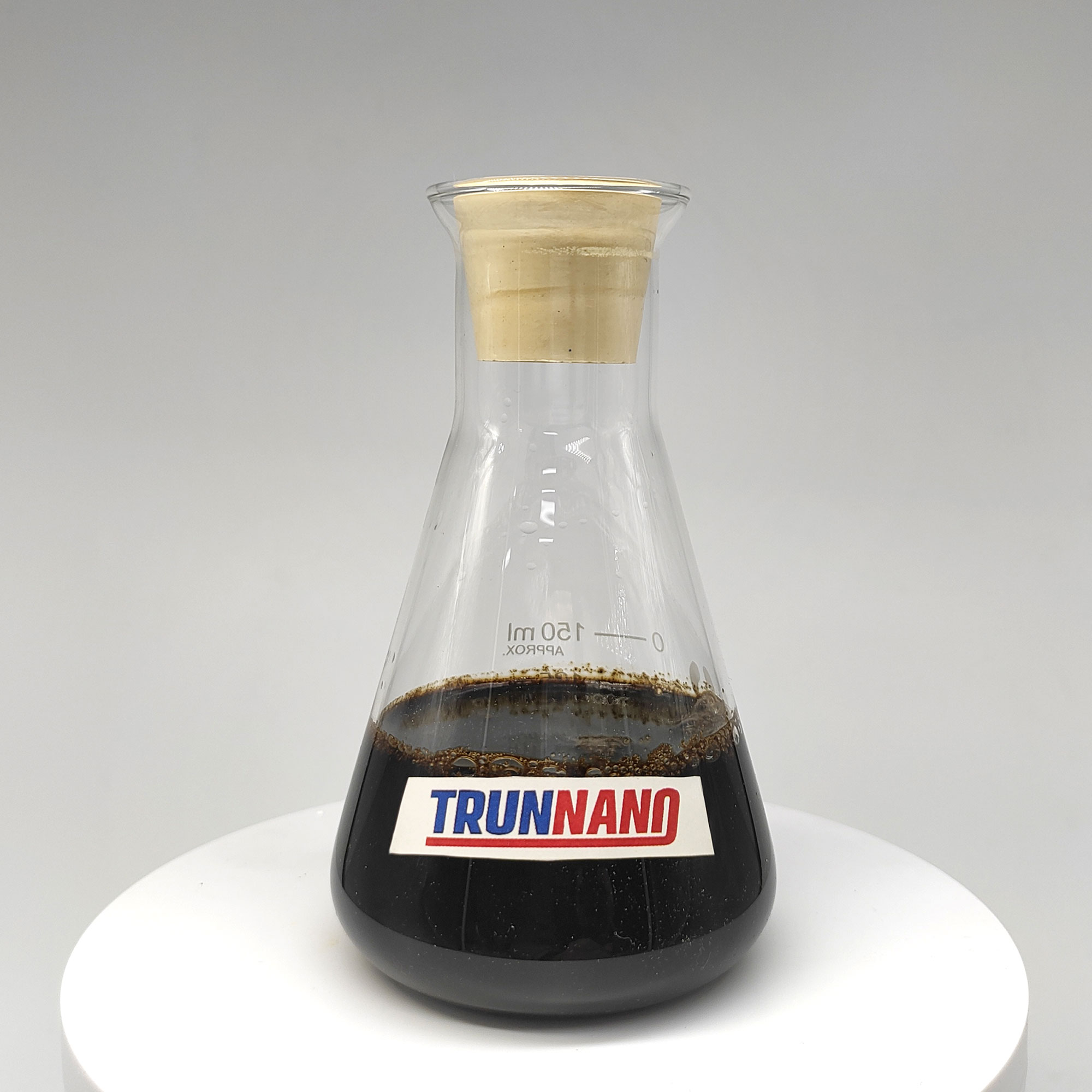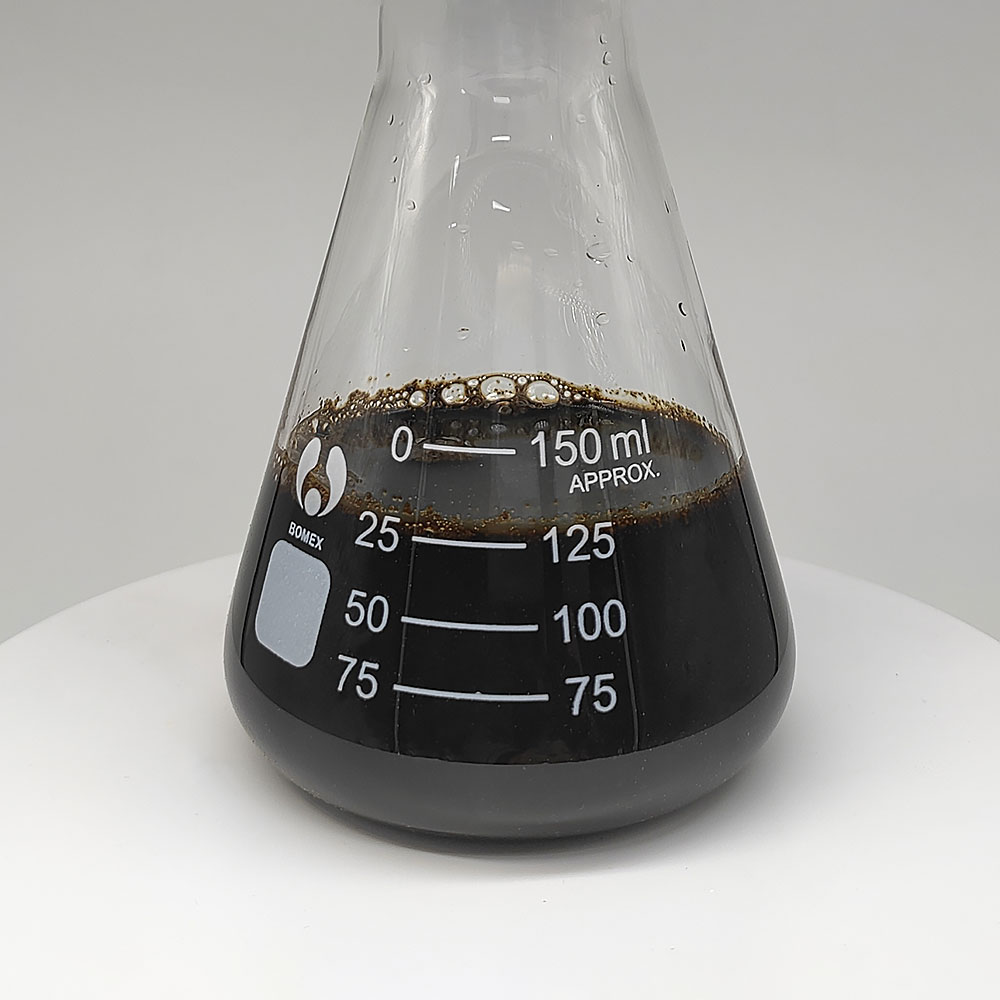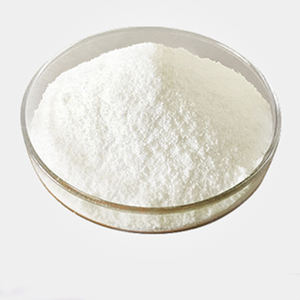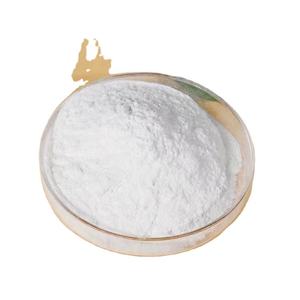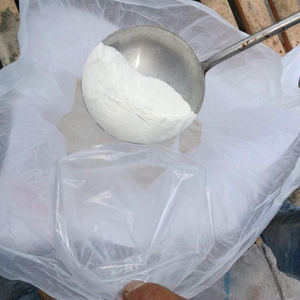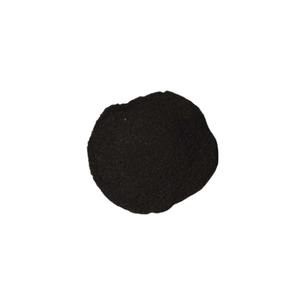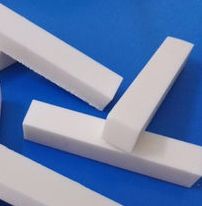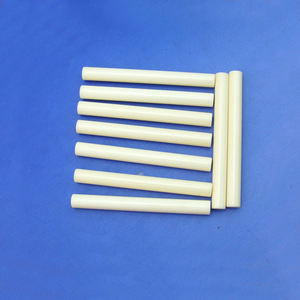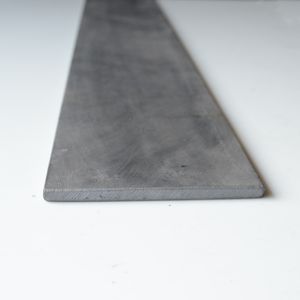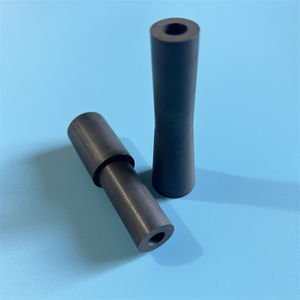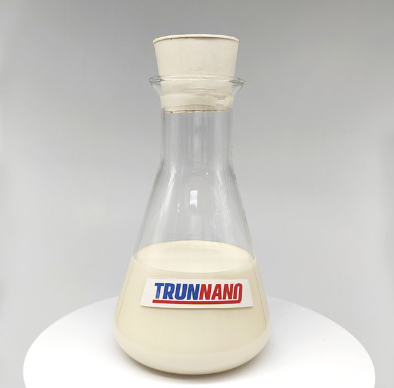1. Fundamental Roles and Practical Purposes in Concrete Technology
1.1 The Purpose and Mechanism of Concrete Foaming Agents
(Concrete foaming agent)
Concrete frothing representatives are specialized chemical admixtures made to purposefully present and maintain a controlled quantity of air bubbles within the fresh concrete matrix.
These representatives operate by minimizing the surface stress of the mixing water, enabling the development of penalty, uniformly dispersed air voids during mechanical anxiety or mixing.
The key purpose is to create mobile concrete or lightweight concrete, where the entrained air bubbles dramatically decrease the total thickness of the hardened material while keeping appropriate architectural honesty.
Lathering agents are generally based on protein-derived surfactants (such as hydrolyzed keratin from animal byproducts) or synthetic surfactants (consisting of alkyl sulfonates, ethoxylated alcohols, or fat derivatives), each offering unique bubble stability and foam framework attributes.
The produced foam must be secure enough to endure the mixing, pumping, and preliminary setup phases without extreme coalescence or collapse, ensuring an uniform cellular structure in the final product.
This crafted porosity improves thermal insulation, lowers dead tons, and improves fire resistance, making foamed concrete perfect for applications such as insulating flooring screeds, gap dental filling, and premade light-weight panels.
1.2 The Objective and System of Concrete Defoamers
In contrast, concrete defoamers (additionally referred to as anti-foaming representatives) are developed to get rid of or lessen unwanted entrapped air within the concrete mix.
Throughout blending, transport, and placement, air can end up being inadvertently entrapped in the concrete paste as a result of agitation, particularly in highly fluid or self-consolidating concrete (SCC) systems with high superplasticizer web content.
These entrapped air bubbles are generally uneven in dimension, poorly distributed, and damaging to the mechanical and aesthetic residential or commercial properties of the hard concrete.
Defoamers work by destabilizing air bubbles at the air-liquid user interface, promoting coalescence and tear of the thin fluid movies bordering the bubbles.
( Concrete foaming agent)
They are commonly composed of insoluble oils (such as mineral or vegetable oils), siloxane-based polymers (e.g., polydimethylsiloxane), or solid bits like hydrophobic silica, which pass through the bubble movie and increase drainage and collapse.
By minimizing air material– typically from bothersome levels over 5% down to 1– 2%– defoamers improve compressive strength, enhance surface finish, and boost longevity by decreasing permeability and prospective freeze-thaw vulnerability.
2. Chemical Structure and Interfacial Habits
2.1 Molecular Design of Foaming Professionals
The effectiveness of a concrete frothing agent is very closely tied to its molecular framework and interfacial task.
Protein-based foaming agents depend on long-chain polypeptides that unfold at the air-water user interface, forming viscoelastic films that withstand rupture and provide mechanical strength to the bubble walls.
These all-natural surfactants produce fairly huge yet steady bubbles with good persistence, making them ideal for architectural lightweight concrete.
Synthetic lathering agents, on the various other hand, offer greater consistency and are much less sensitive to variations in water chemistry or temperature.
They create smaller sized, more consistent bubbles due to their lower surface area tension and faster adsorption kinetics, leading to finer pore structures and boosted thermal performance.
The crucial micelle concentration (CMC) and hydrophilic-lipophilic equilibrium (HLB) of the surfactant determine its performance in foam generation and security under shear and cementitious alkalinity.
2.2 Molecular Architecture of Defoamers
Defoamers operate with a fundamentally various device, relying on immiscibility and interfacial conflict.
Silicone-based defoamers, particularly polydimethylsiloxane (PDMS), are extremely reliable due to their very low surface area stress (~ 20– 25 mN/m), which permits them to spread out rapidly throughout the surface of air bubbles.
When a defoamer droplet contacts a bubble film, it produces a “bridge” between the two surface areas of the movie, generating dewetting and tear.
Oil-based defoamers operate likewise however are much less effective in highly fluid blends where rapid diffusion can weaken their action.
Hybrid defoamers incorporating hydrophobic particles enhance efficiency by providing nucleation sites for bubble coalescence.
Unlike foaming representatives, defoamers need to be moderately soluble to remain active at the user interface without being integrated right into micelles or liquified right into the mass phase.
3. Impact on Fresh and Hardened Concrete Quality
3.1 Influence of Foaming Professionals on Concrete Performance
The calculated introduction of air via lathering representatives transforms the physical nature of concrete, shifting it from a thick composite to a porous, light-weight product.
Thickness can be lowered from a typical 2400 kg/m four to as low as 400– 800 kg/m TWO, depending on foam volume and security.
This reduction straight associates with lower thermal conductivity, making foamed concrete an efficient insulating material with U-values ideal for developing envelopes.
However, the boosted porosity also brings about a reduction in compressive toughness, demanding cautious dosage control and typically the addition of supplemental cementitious products (SCMs) like fly ash or silica fume to enhance pore wall stamina.
Workability is typically high as a result of the lubricating impact of bubbles, yet segregation can happen if foam security is inadequate.
3.2 Impact of Defoamers on Concrete Performance
Defoamers improve the high quality of traditional and high-performance concrete by removing flaws triggered by entrapped air.
Too much air spaces work as stress concentrators and reduce the efficient load-bearing cross-section, bring about reduced compressive and flexural toughness.
By reducing these voids, defoamers can raise compressive stamina by 10– 20%, specifically in high-strength blends where every quantity percentage of air matters.
They additionally improve surface top quality by preventing pitting, pest holes, and honeycombing, which is vital in building concrete and form-facing applications.
In impenetrable frameworks such as water containers or basements, minimized porosity boosts resistance to chloride access and carbonation, prolonging service life.
4. Application Contexts and Compatibility Factors To Consider
4.1 Normal Usage Cases for Foaming Representatives
Foaming agents are important in the manufacturing of mobile concrete utilized in thermal insulation layers, roofing system decks, and precast light-weight blocks.
They are also utilized in geotechnical applications such as trench backfilling and gap stablizing, where reduced thickness avoids overloading of underlying soils.
In fire-rated assemblies, the shielding properties of foamed concrete offer passive fire defense for architectural aspects.
The success of these applications depends upon exact foam generation equipment, stable foaming agents, and appropriate blending procedures to guarantee consistent air distribution.
4.2 Typical Use Instances for Defoamers
Defoamers are generally used in self-consolidating concrete (SCC), where high fluidness and superplasticizer content rise the threat of air entrapment.
They are likewise vital in precast and building concrete, where surface coating is extremely important, and in underwater concrete positioning, where caught air can jeopardize bond and longevity.
Defoamers are usually included little does (0.01– 0.1% by weight of concrete) and should work with various other admixtures, especially polycarboxylate ethers (PCEs), to prevent unfavorable communications.
Finally, concrete foaming agents and defoamers stand for 2 opposing yet equally crucial approaches in air monitoring within cementitious systems.
While lathering agents intentionally present air to achieve lightweight and shielding properties, defoamers get rid of unwanted air to improve strength and surface top quality.
Comprehending their distinct chemistries, systems, and results enables designers and manufacturers to optimize concrete efficiency for a vast array of structural, useful, and aesthetic needs.
Provider
Cabr-Concrete is a supplier of Concrete Admixture with over 12 years of experience in nano-building energy conservation and nanotechnology development. It accepts payment via Credit Card, T/T, West Union and Paypal. TRUNNANO will ship the goods to customers overseas through FedEx, DHL, by air, or by sea. If you are looking for high quality Concrete Admixture, please feel free to contact us and send an inquiry.
Tags: concrete foaming agent,concrete foaming agent price,foaming agent for concrete
All articles and pictures are from the Internet. If there are any copyright issues, please contact us in time to delete.
Inquiry us
